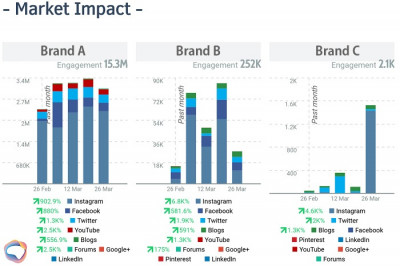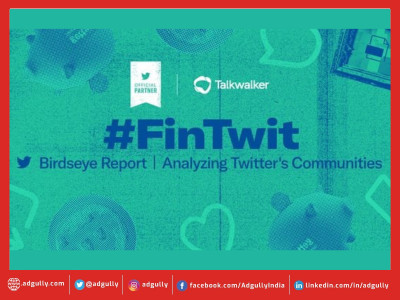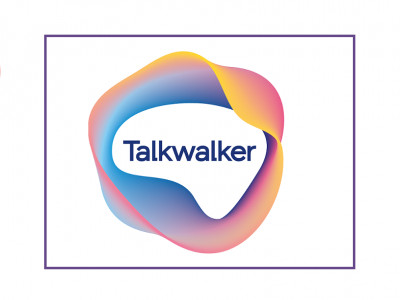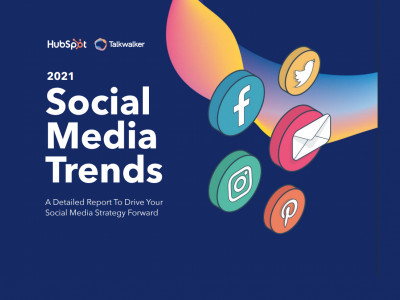Competitor Analysis: Look at your competitor as your customer
Digitization is rewriting the rules of competition. Online channels undercut premiums in a number of markets, doing so without agents, building brand reputation online, and engaging buyers with new technologies. If incumbents fail to quickly understand the structure of the competition and implement and improvise strategies on the fly, then they stand the chance of getting left behind.
Competitor analysis is about gathering information that helps you evaluate your strategy in relation to the competition. This information may be related to brand awareness – how much the market is aware of the competitor; pricing – cost of competitor’s products and services; finances – share prices, earnings, funding; products – unique selling point (USP) and weaknesses of their product; customer experience – standard of customer care; intellectual property – copyrights, trademarks, patents; marketing – their campaigns, promotions and social media activity; risks – analysing their competitive advantages; opportunities – what you can do better; company culture ; and distribution – regions where they deliver. Understanding these nuances help you create a better marketing strategy.
A classic example is the Fair and Handsome brand that created the men’s fairness cream category in India. Emami was looking for ways to challenge the Hindustan Unilever’s Fair and Lovely brand. Their customer research showed that 25-30% of fairness cream customers were men. That customer insight paved the way for a specialized brand for men.
Through its research, Emami was able to identify opportunities in the market that are currently under-served; develop a product aimed at this underserved market and create a consumer base; grow market share counting on the fact that competitor does not offer such a product; follow the same messaging and communication tropes for fairness creams only targeted towards men. Competition analysis allows you to make decisions to differentiate and optimise your strategy in a way that moves the needle for your brand.
Digital businesses often have a winner-takes-all dynamic as network effects kick in. Google and Facebook lead digital advertising spends. Zomato and Swiggy lead food delivery. Uber and Ola lead mobility. Amazon and Flipkart lead e-commerce. As the market matures, one or two digital players are usually left standing. That’s why there is immense pressure on start-ups to scale fast.
Facebook’s Mark Zuckerberg famously told his team ‘don’t be too proud to copy’ and was obsessed with the competition. The best part is that understanding your competitor allows you to make 10% improvements to your business strategy. Don’t underestimate the power of small improvements. SnapChat introduced the concept of disappearing messages and became a hit with tweens. Twitter introduced the concept of microblogging and attracted thought leaders. TikTok focused on short videos and creator-led content. Clubhouse is basically a chat room with audio and is attracting the who’s who of Silicon Valley. Whenever we think social media companies have established themselves, new players emerge to challenge the status quo.
The best competitor analysis harvests digital consumer insights that'll help you make informed decisions about your brand's marketing strategy. Only then will you be able to identify opportunities for improvement within your marketing campaigns - targeting, SEO, content, leads, conversions, revenue, etc. Good competitor analysis is performed regularly and helps you outsmart your competitors.
Reporting on your competitor analysis, presenting it to your manager, is a vital part of the process. To create lucid reports, try out this competitor analysis template.















Share
Facebook
YouTube
Tweet
Twitter
LinkedIn